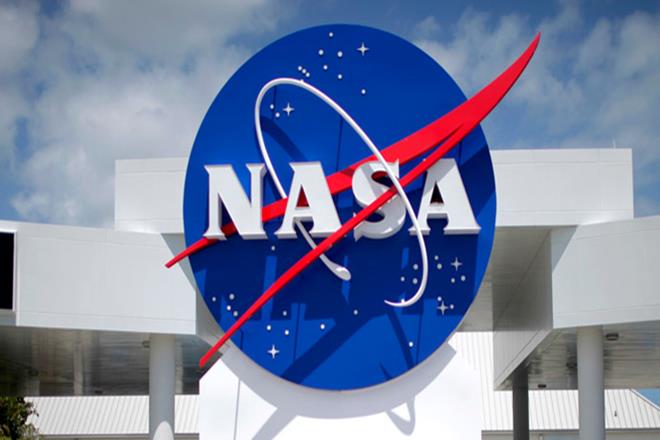WASHINGTON: A tiny NASA satellite – about size of a loaf of bread – has created the first global map of ice clouds.
Deployed from the International Space Station (ISS) last year, IceCube is testing instruments for their ability to make space-based measurements of the small, frozen crystals that make up ice clouds.
Ice clouds start as tiny particles high in the atmosphere. Absorbing moisture, the ice crystals grow and become heavier, causing them to fall to lower altitudes. Eventually, the particles get so heavy, they fall and melt to form rain drops. The ice crystals may also just stay in the air.
Like other clouds, ice clouds affect Earth’s energy budget by either reflecting or absorbing the Sun’s energy and by affecting the emission of heat from Earth into space. Thus, ice clouds are key variables in weather and climate models.
Measuring atmospheric ice on a global scale remains highly uncertain because satellites have been unable to detect the amount of small ice particles inside the clouds, as these particles are too opaque for infrared and visible sensors to penetrate.
To overcome that limitation, IceCube was outfitted with a sub-millimetre radiometer that bridges the missing sensitivity between infrared and microwave wavelengths.
Despite weighing only 10 pounds and being about size of a loaf of bread, IceCube is a bona fide spacecraft, complete with three-axis attitude control, deployable solar arrays and a deployable UHF communications antenna.
The CubeSat spins around its axis, like a plate spinning on a pole. It points at Earth to take a measurement then looks at the cold space to calibrate.
Originally a 30-day technology-demonstration mission, IceCube is still fully operational in low-Earth orbit almost a year later, measuring ice clouds and providing data that’s “good enough to do some real science,” said Dong Wu, IceCube principal investigator at NASA’s Goddard Space Flight Center in the US.
“The hard part about developing the CubeSat is making the commercial parts durable in space,” said Tom Johnson, Goddard’s Small Satellite manager stationed at NASA’s Wallops Flight Facility in Virginia.
“We bought commercial components for IceCube and spent a lot of time testing the components making sure each part worked,” Johnson said.
Over the past year, engineers tested the satellite’s limits while on orbit. They wanted to see if the instrument’s batteries stored enough power to run 24 hours.
IceCube charges its batteries when the Sun shines on its solar arrays. During the test, safeguards prevented the satellite from losing all its power and ending the mission; however, the test was successful.
The batteries operated the IceCube all night and recharged during the day. This change made the CubeSat more valuable for science data collection.
While the IceCube team planned for the mission to operate for 30 days in space, the mission was extended due to “the outstanding science that IceCube is performing,” Johson said.
IceCube will last about a year, after which it will reenter Earth’s atmosphere and burn up. (AGENCIES)


